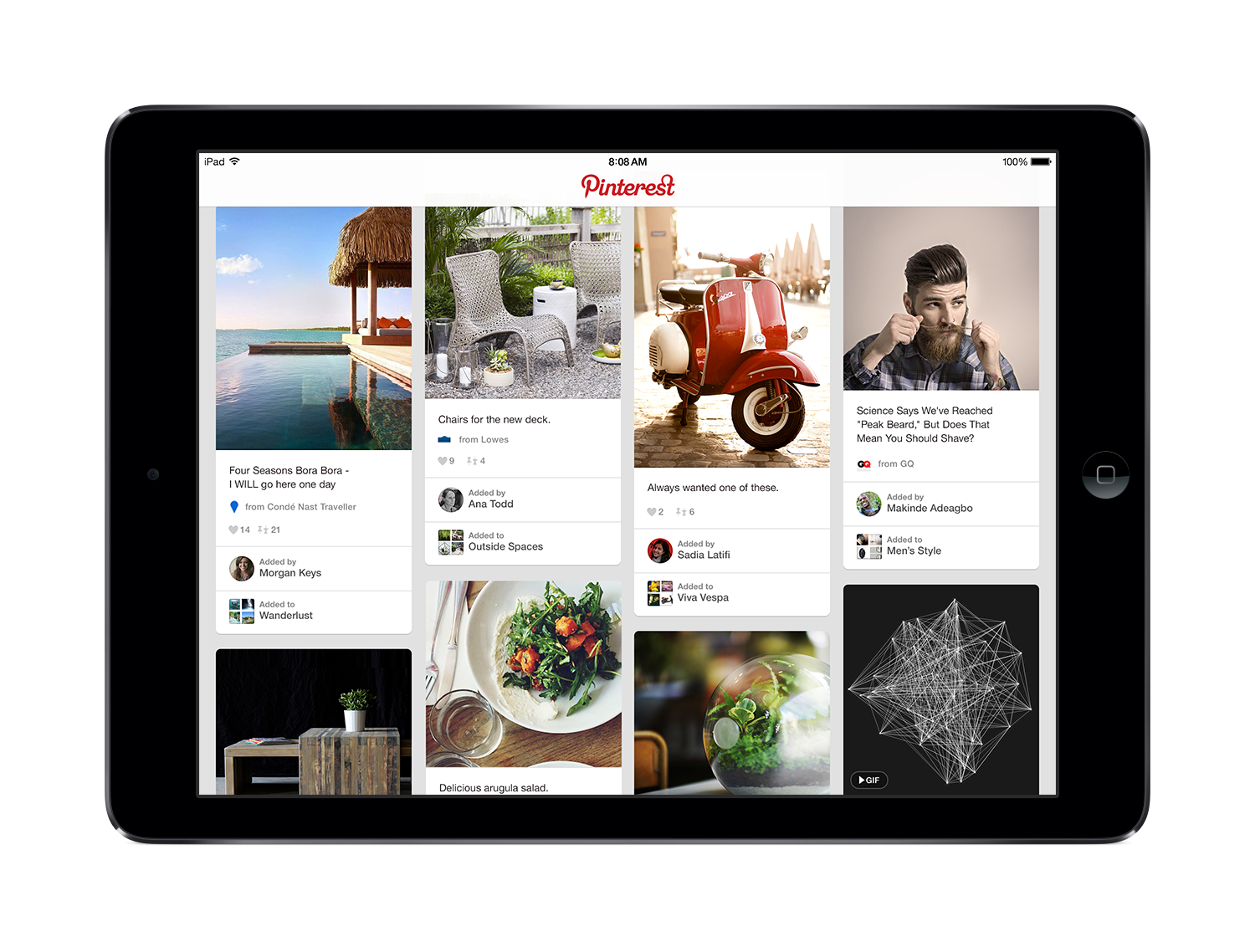 EMERGING TECH
EMERGING TECH
 EMERGING TECH
EMERGING TECH
 EMERGING TECH
EMERGING TECH
Pinterest Inc. revealed today that its Related Pins feature will now be powered by deep learning neural networks, making it even easier for users to find all of the dessert recipes and pictures of things in mason jars they could possibly want.
The visual bookmarking service’s Related Pins feature is not new, but up until now, it has worked by using a method called co-occurrence. Basically, an algorithm would look at all of the boards on which a specific pin appears, and then it would compare those boards to see if they share any other pins in common. The pins with the highest co-occurrence would then show up in the Related Pins section for that item.
In a blog post, Kevin Ma, a software engineer on Pinterest’s Discovery team, said that while co-occurrence has done an adequate job of recommending pins, the systems suffers from a few problems, most of which stem from the many different ways users create and organize their boards.
“Board co-occurrence can lose the context of a Pin, so we needed a way to better understand Pins and their relative relationships to Pinners,” Ma said.
To solve this problem, Pinterest has turned to artificial intelligence and deep learning, and the company has developed a new system to power its Related Pins feature called Pin2Vec. Deep learning, which uses artificial neural networks modeled roughly on how the brain works, has been responsible for recent big advances in speech and image recognition, language translation and other tasks.
“Now, for the first time, we’re applying deep learning to make Related Pins even more relevant,” Ma explained. “Ultimately, we developed a scalable system that evolves with our product and people’s interests, so we can surface the most relevant recommendations through Related Pins.”
According to Ma, Pin2Vec embedded every pin on Pinterest into a 128-dimension space, allowing pins to be compared in incredibly complex ways. Pinterest’s engineers then trained Pin2Vec how to evaluate pins using TensorFlow, Google’s open-source machine learning library.
Ma’s full explanation of how Pin2Vec works is extremely technical, but essentially the system follows all of the engagements of Pinterest users over a short time period, including the pins they click on but do not save. Pin2Vec then tries to predict what pins that user would engage with next.
According to Ma, the new system has already improved Related Pin engagement by 5 percent. “It’s a big step in improving the relevancy of Related Pins,” Ma said.
Ma noted that Pinterest is not getting rid of co-occurrence, as the older system seems to do well with “long tail” pins that do not see frequent engagement. However, he also said that Pin2Vec is already becoming faster and more accurate at analyzing user signals, and the system will continue to improve over time.
THANK YOU